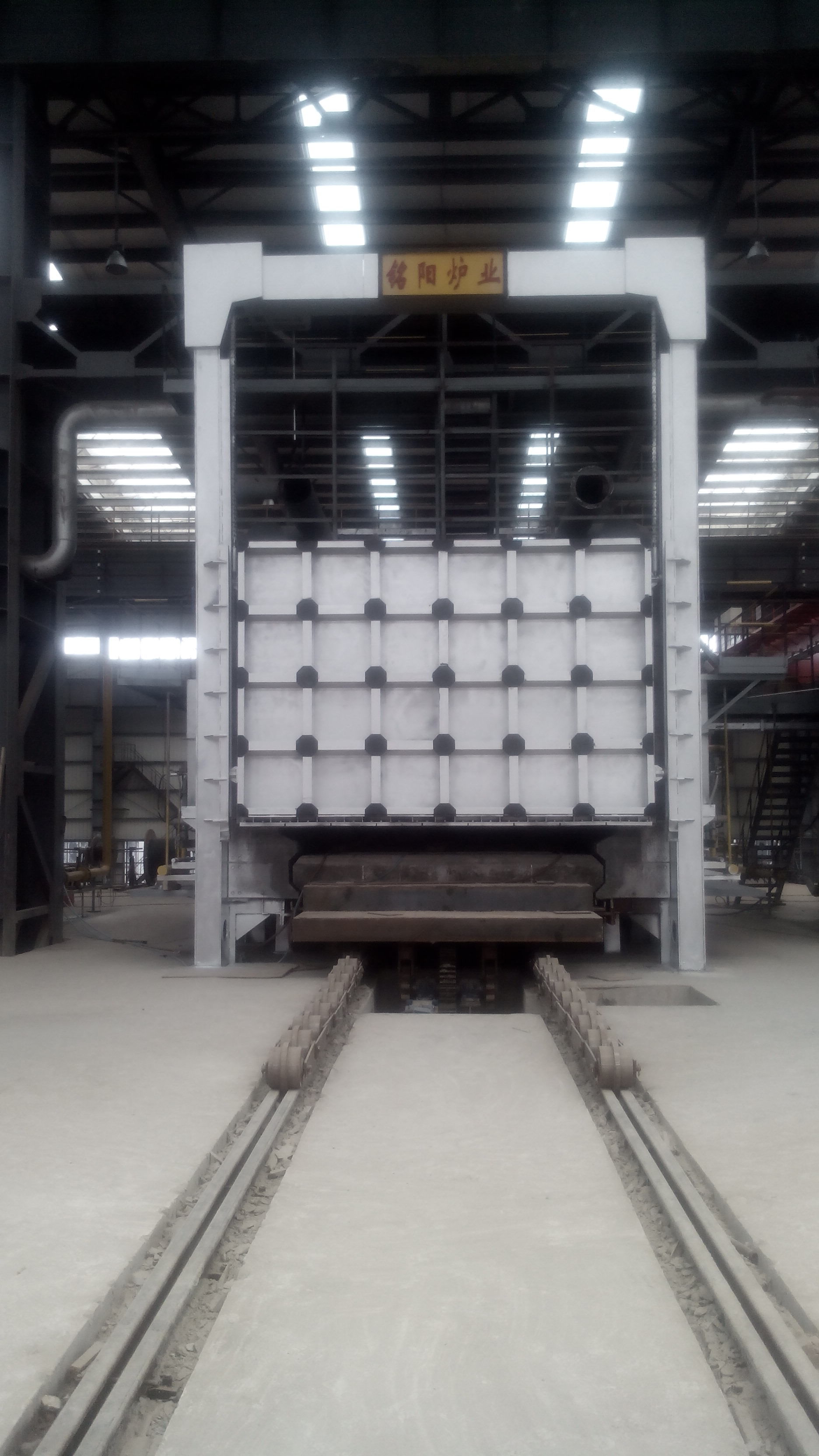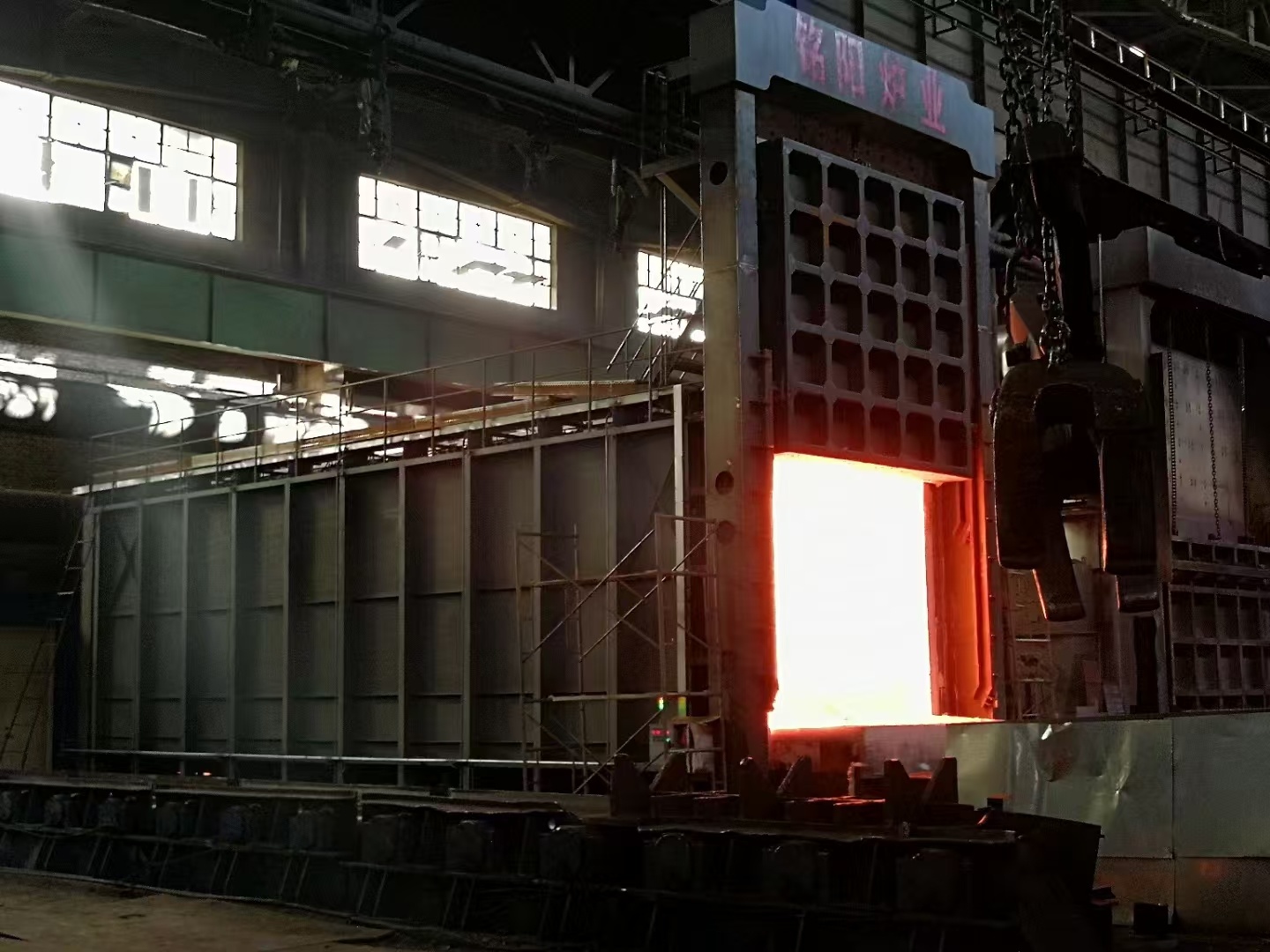


Transform Your Heat Treatment Process with Classy Industrial Annealing Furnaces
Transform Your Heat Treatment Process with Classy Industrial Annealing Furnaces
Introduction to Industrial Annealing Furnaces
In the realm of manufacturing, heat treatment processes play a pivotal role in enhancing the properties of materials. Among these, **industrial annealing furnaces** stand out as essential equipment for optimizing the structural integrity and performance of various component
Transform Your Heat Treatment Process with Classy Industrial Annealing Furnaces
Introduction to Industrial Annealing Furnaces
In the realm of manufacturing, heat treatment processes play a pivotal role in enhancing the properties of materials. Among these, **industrial annealing furnaces** stand out as essential equipment for optimizing the structural integrity and performance of various components. This article delves into how classy industrial annealing furnaces can transform your heat treatment processes, yielding superior results.
Understanding Annealing: The Heart of Heat Treatment
Annealing is a critical heat treatment process that involves heating a material to a specific temperature, maintaining it for a designated period, and then cooling it down at a controlled rate. This process alleviates internal stresses, enhances ductility, and refines the microstructure of the material.
Types of Annealing Processes
There are several types of annealing processes, including:
1. Full Annealing
This method involves heating the material above its recrystallization temperature and then slowly cooling it. This is typically used for ferrous metals to enhance ductility and reduce hardness.
2. Process Annealing
Primarily used for steel, process annealing allows for the recovery of ductility after cold working by slightly heating the metal and then cooling it.
3. Spheroidizing
Spheroidizing is aimed at producing a spheroidal microstructure in tool steels and high-carbon steels, making them easier to machine.
4. Stress Relief Annealing
This process mitigates residual stresses in materials caused by welding or machining, enhancing their performance in subsequent operations.
Key Features of Classy Industrial Annealing Furnaces
Classy industrial annealing furnaces are designed with cutting-edge technology and robust engineering to ensure optimal heat treatment. Here are some significant features to consider:
Energy Efficiency
Modern annealing furnaces are engineered for energy efficiency, utilizing insulation and advanced heating elements to minimize energy consumption while maximizing performance.
Uniform Heating
Achieving uniform heating is crucial for quality annealing. Classy furnaces employ advanced control systems that ensure even temperature distribution throughout the chamber, reducing the risk of material defects.
Advanced Control Systems
With the integration of sophisticated control interfaces, operators can easily monitor and adjust temperature profiles, soak times, and cooling rates, ensuring precision in the heat treatment process.
Durability and Reliability
Constructed from high-quality materials, these furnaces are built to withstand rigorous industrial environments, offering long service life and minimal downtime.
Benefits of Utilizing Classy Industrial Annealing Furnaces
Investing in top-tier industrial annealing furnaces can yield several benefits that can significantly enhance your production process.
Enhanced Material Properties
By achieving optimal microstructure through controlled heat treatment, manufacturers can improve the mechanical properties of their materials, leading to better performance and longevity.
Increased Production Efficiency
With automated systems and precise temperature controls, classy annealing furnaces reduce cycle times, allowing for higher throughput and more efficient production schedules.
Improved Quality Control
Consistent heat treatment results in fewer defects and higher-quality products, which is essential for industries that demand stringent quality standards.
Cost Savings
Although the initial investment may be higher, the long-term savings associated with reduced energy costs, improved efficiency, and lower scrap rates can make classy industrial annealing furnaces a cost-effective choice.
Choosing the Right Industrial Annealing Furnace
Selecting the appropriate annealing furnace for your operations requires careful consideration of various factors.
1. Material Type
Different materials require specific heating profiles. Understanding the material you intend to treat is crucial in selecting the right furnace.
2. Production Volume
Determine your production needs. Larger volumes may necessitate batch furnaces, while smaller operations may benefit from continuous furnaces.
3. Space and Layout
Evaluate the available floor space in your facility and the layout to ensure that the selected furnace fits seamlessly into your operations.
4. Budget Considerations
Assess your budget not just for the initial purchase but also for maintenance, energy consumption, and potential operational downtime.
Installation and Maintenance of Industrial Annealing Furnaces
Proper installation and maintenance are critical to maximizing the lifespan and efficiency of your industrial annealing furnace.
Installation Process
Engage professional services for the installation of your furnace to ensure that it operates safely and efficiently. This includes proper electrical and gas connections, as well as ensuring that ventilation systems are correctly installed.
Regular Maintenance Practices
Implement a routine maintenance schedule that includes inspecting heating elements, recalibrating control systems, and cleaning the furnace chamber to prevent contamination and buildup.
Monitoring Performance
Utilize monitoring systems to track the performance of your furnace. This enables early identification of issues, helping to prevent costly repairs and downtime.
Frequently Asked Questions
1. What materials can be treated in an industrial annealing furnace?
Most metals, including steel, aluminum, and copper alloys, can be treated in an industrial annealing furnace. Each material may require specific settings.
2. How do I know if my annealing furnace is energy-efficient?
Look for furnaces with high insulation ratings, modern heating technology, and energy consumption metrics that demonstrate lower operational costs.
3. Can I customize the heating profiles of an industrial annealing furnace?
Yes, many modern furnaces come with advanced control systems that allow for customization of heating profiles based on specific material requirements.
4. How often should I perform maintenance on my annealing furnace?
Regular maintenance should ideally be performed at least every six months, with more frequent checks during high-usage periods.
5. What are the signs that my annealing furnace may need repairs?
Signs include inconsistent heating, unusual noises, increased energy consumption, and a decline in product quality.
Conclusion
Investing in classy industrial annealing furnaces can significantly transform your heat treatment processes. With advanced features that enhance energy efficiency, heating uniformity, and process control, these furnaces are essential for manufacturers aiming to improve product quality and operational efficiency. By thoroughly assessing your needs and choosing the right furnace, you can achieve remarkable advancements in your production capabilities, ultimately leading to greater profitability and success in your industry.


